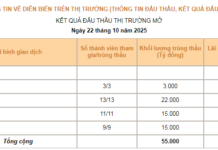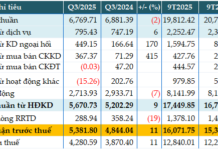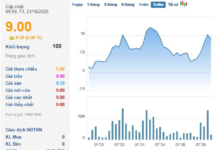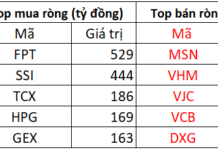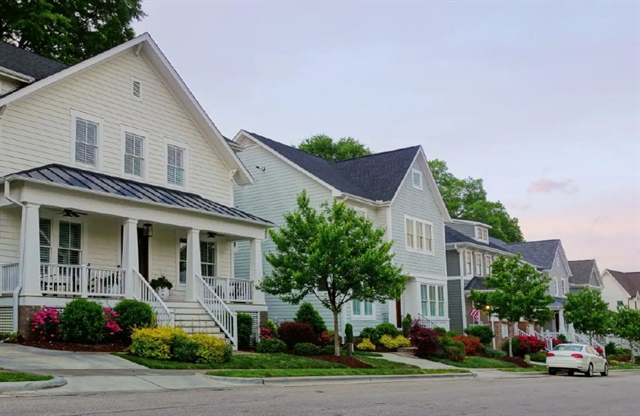
Inflation and interest rates burdens also hinder the dream of homeownership for Americans in particular and workers worldwide in general. Image source: thehill.com |
A Market Biased Towards the Wealthy
According to Knight Frank, a world-renowned organization that advises high-net-worth individuals (HNWIs), the proportion of this group’s assets invested directly and indirectly in real estate will reach at least 54% by the end of 2023. Moreover, the wealth of the rich will continue to grow, and according to a Deloitte estimate, ultra-high-net-worth families will control about $9.5 trillion by 2030, a 73% increase from today.
Real estate attracts and is a key tool for the wealthy to consolidate and grow their wealth because they know how to leverage tax policies and financial leverage. But more importantly, it is the failure of governments to regulate supply and demand.
In places where there is a housing crisis, there is a common denominator: a shortage of supply, often in urban areas. This is because cities tend to have better infrastructure and utility services, better education, and better job opportunities. However, attracting high-quality, high-income labor also leads to a growing income gap. For those with medium and low incomes, the chance of finding decent housing is already challenging, let alone owning a home.
According to OECD data, lower-middle-income groups spend about 35% of their income on housing costs, with the US and the UK being the most prominent at nearly 50%. The scarcity of central housing supply has caused housing prices (both rental and purchase) to increase faster than wage growth for workers. Additionally, living far from the city center is not a preferred option for many workers due to the time and infrastructure costs involved.
Ironically, in many places, the owners of multiple rental properties are often politicians or those with related interests. This begs the question: is the policy of restricting housing supply in urban areas intentional?
Efforts That Give Hope
While many people may recognize that the housing crisis stems from an imbalance in supply and demand, only a few places dare to confront the issue head-on. To increase supply and reduce demand, some governments have promoted social housing, provided housing subsidies, and increased the supply of reasonably priced homes.
|
According to OECD data, lower-middle-income groups spend about 35% of their income on housing costs, with the US and the UK reaching nearly 50%. The scarcity of central housing has caused housing prices to rise faster than wage growth, while living on the outskirts is unappealing due to the time and infrastructure costs involved. |
Examples include social housing policies in Austria, Finland, the Netherlands, France, and Germany, which develop social housing funds for rent, and Singapore’s policy of managing social housing ownership through the Housing & Development Board (HDB).
In the US, some local governments have been proactive in increasing the housing supply by expediting permits, adjusting zoning and land division regulations to allow for new construction. The most notable examples are the policies in the states of Texas (Austin, Houston) and Minnesota (Minneapolis). Specifically, in Minneapolis, the majority of new construction consists of apartment buildings with more than 20 units, with minimum height requirements and reduced parking mandates for new developments.
For older homes in the city center, the priority is given to buyers or developers who will renovate them into apartments or 2-3-story townhouses. The development of collective housing immediately reduces the value of nearby properties, thereby pulling down real estate prices.
However, the efforts of some governments are isolated, and there is a risk that policies may change with political leadership. This is because many politicians make promises about affordable housing during their campaigns, but once elected, they deliberately renege on those promises.
Adaptive Solutions
The real estate market is closely linked to the interests of the wealthy, the banking system, and politicians, so it is challenging to ask them to give up their advantages voluntarily. In recent years, there have been movements and demands to tax the rich, but their popularity and reach are still weak. This is partly due to a lack of awareness among the majority and partly due to resistance from those who fear negative consequences.
Even in the US, many people have gradually removed homeownership from their list of aspirations. As home prices rise faster than incomes, the average age of first-time homeowners in America has increased from 29 in 1981 to 35 in 2023. Additionally, inflation and interest rates burdens hinder the dream of homeownership for Americans and workers worldwide.
To adapt, some people strive to increase their income, save, and invest to gain entry into the club of the wealthy. Others actively work to influence policies related to worker housing and reduce inequality.
The quote from The Godfather, “a lawyer with a briefcase can steal more than a hundred men with guns,” implies that the impact of policies, laws, and regulations is immense. Therefore, every worker needs to be aware of their right to choose their political representatives, especially in developed countries. Through their votes, constituents should exert pressure on candidates regarding housing issues, ensuring that policies on planning, implementation, financial support, and interest rates are harmonious and guarantee the basic right of decent housing for all.
By increasing the supply and accessibility for workers, the housing crisis can be addressed, as some places have already proven.
Dr. Vo Dinh Tri
The Lottery Winner’s Dilemma: Why the Lucky Winner of the Thanh Oai Land Lottery Backed Out
The successful bidder, who won the auction with a bid of over 100 million VND per square meter of land, has not made the payment, despite the deadline having passed, according to the Thanh Oai District Land Development Center (Hanoi).
The Proposed Relocation: A New Start for Hải Phòng’s D-Graded Apartment Residents
The Hai Phong Department of Construction has proposed that residents not be allowed to return to their homes in Grade D apartments, which show signs of tilting. This decision has been made with the best interests of the residents’ safety and well-being in mind, as the potential risks to life and property are significant.








